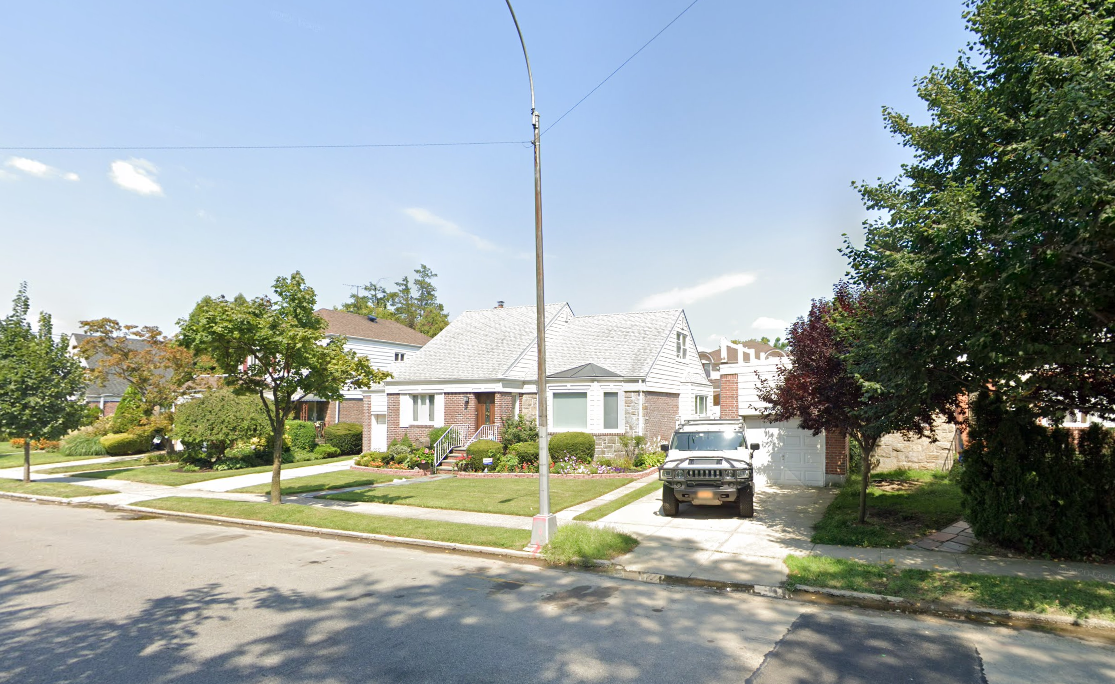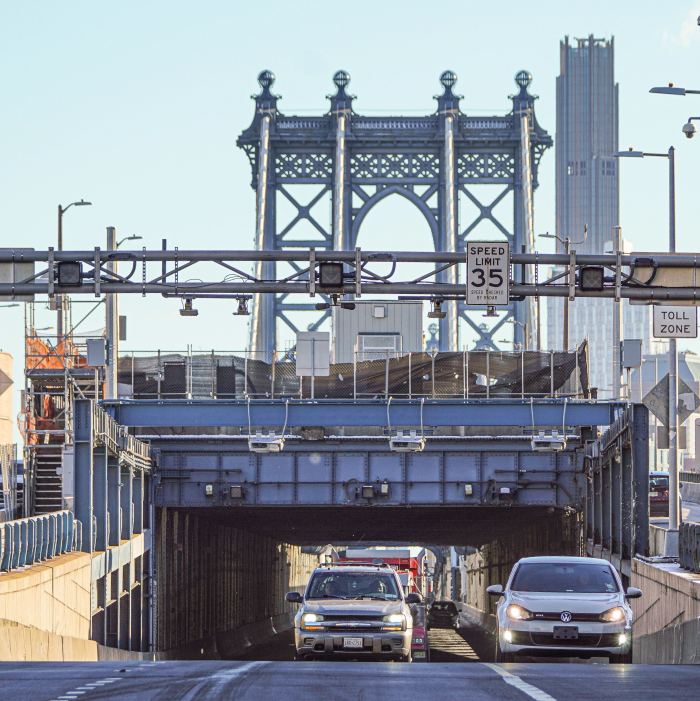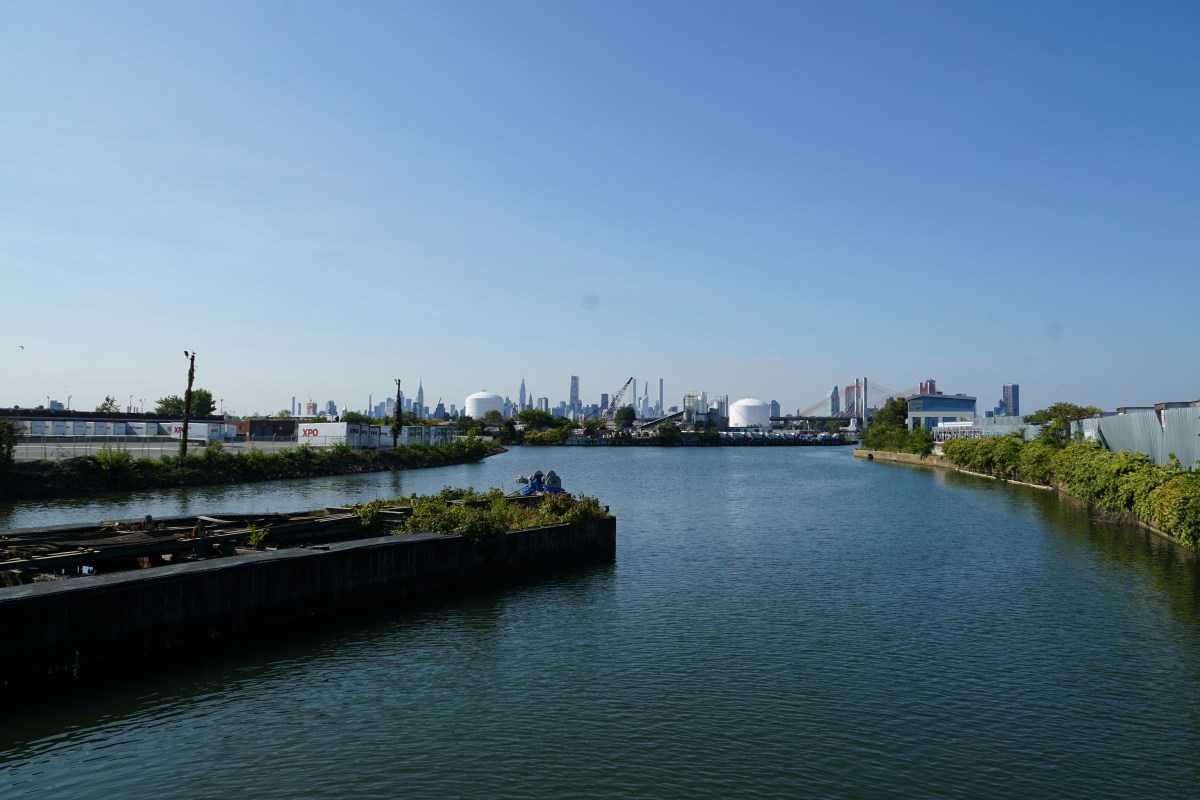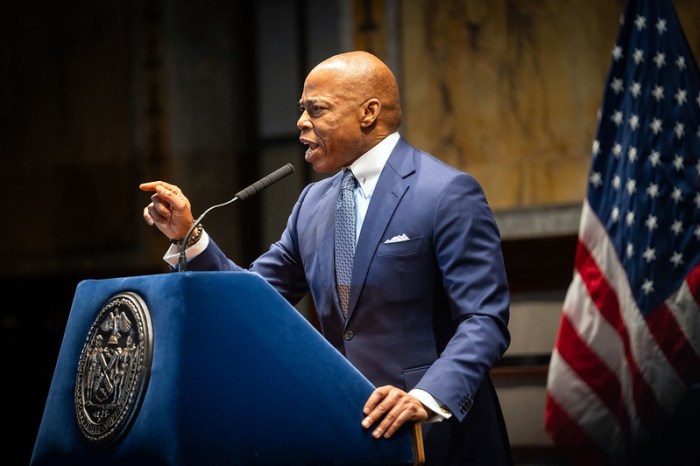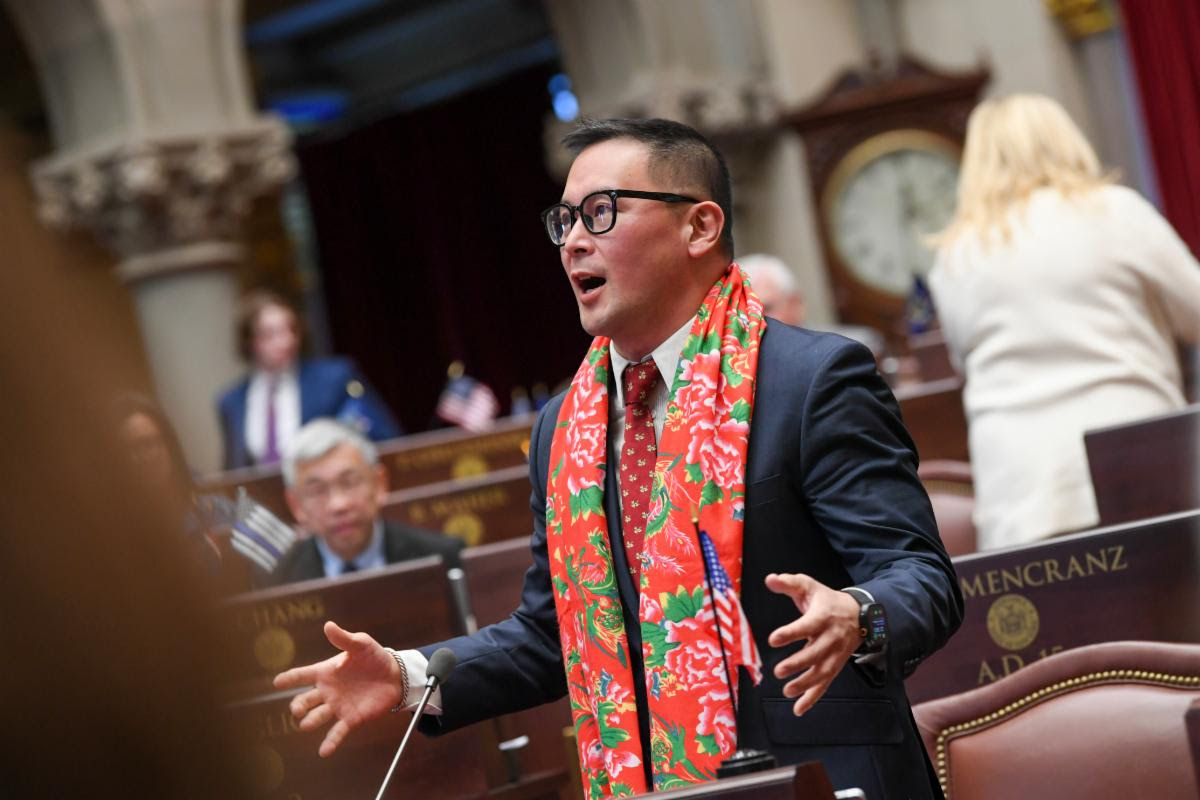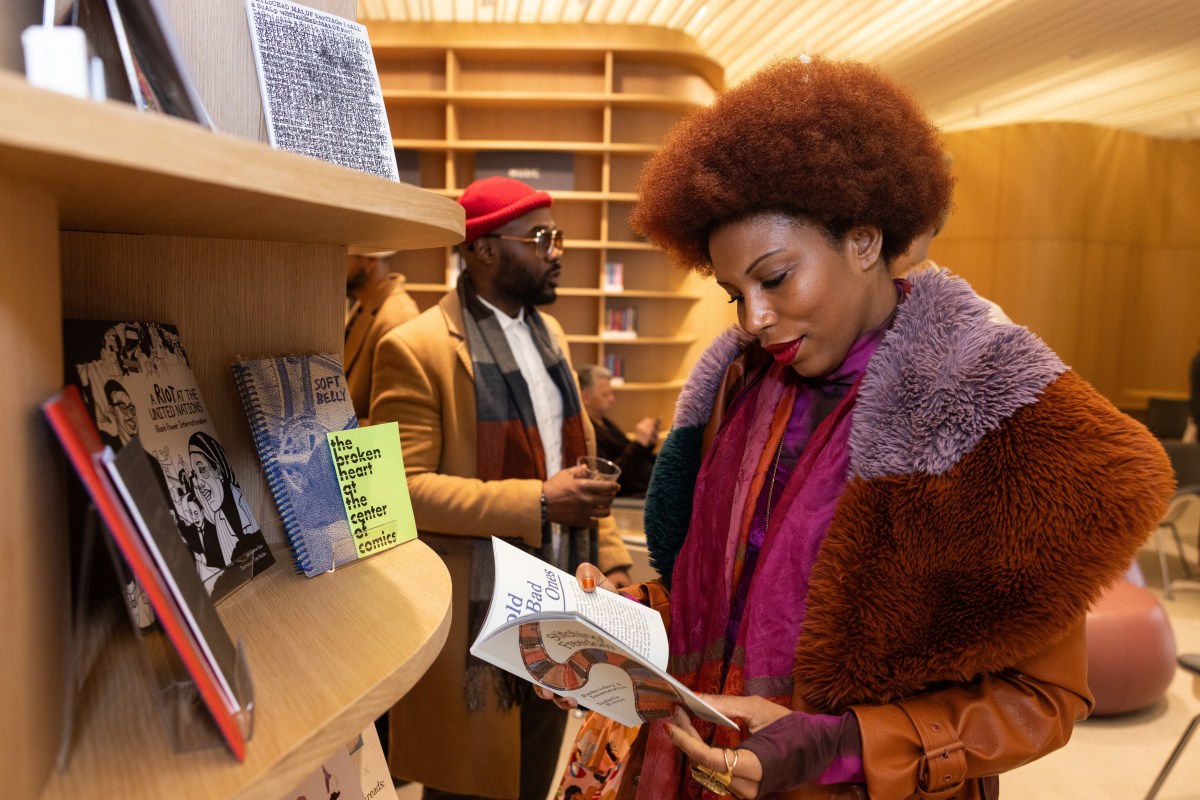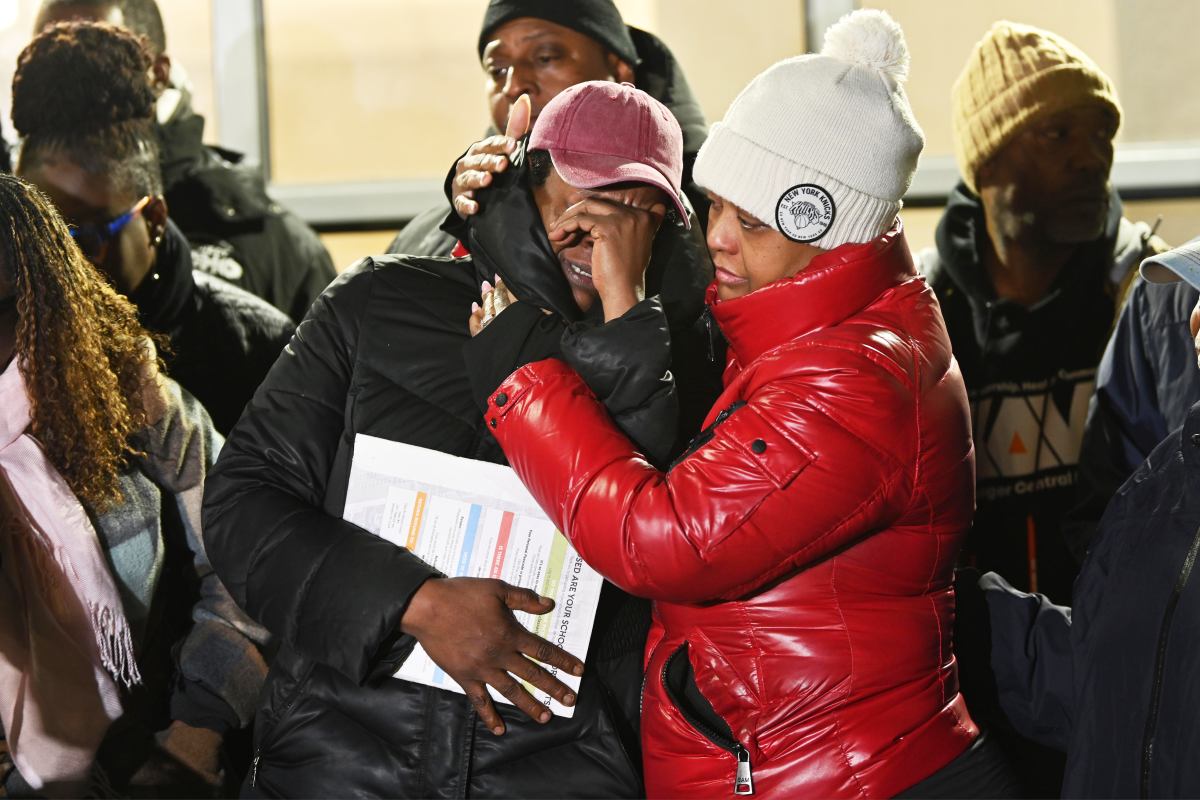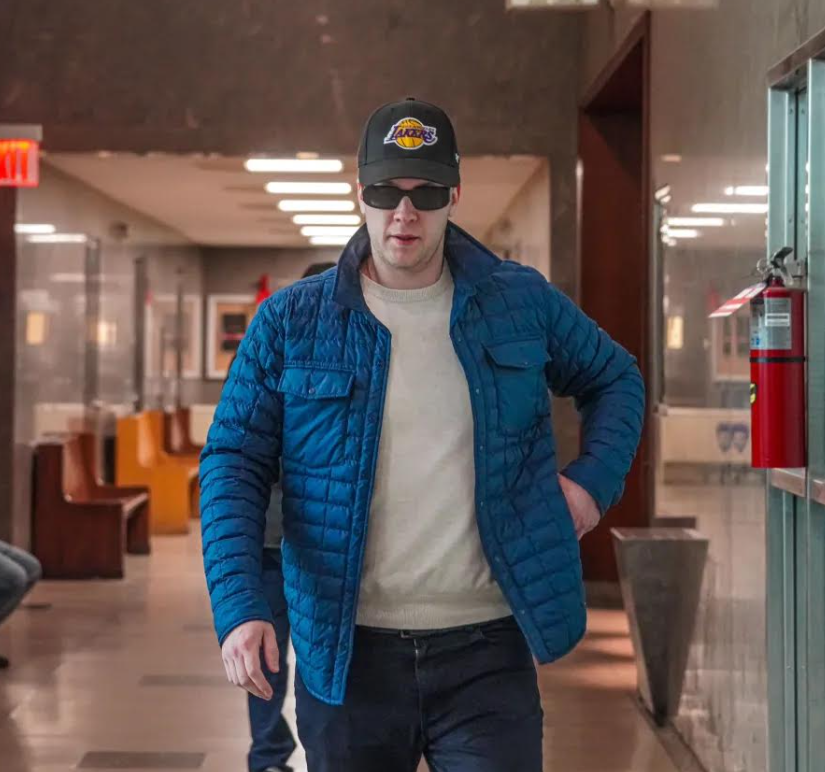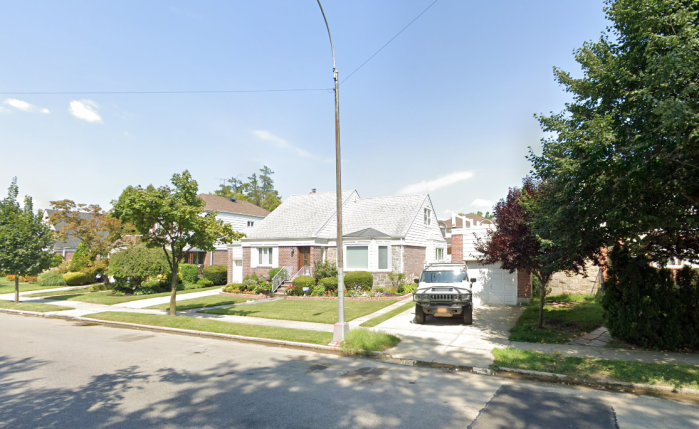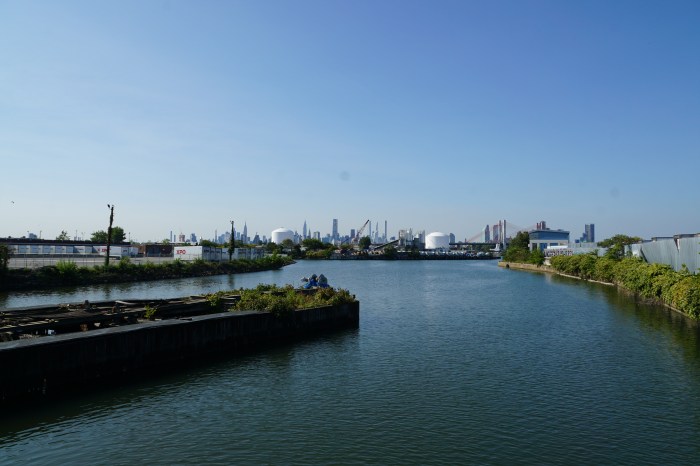
Broadway and Woodhaven Boulevard in Queens were the deadliest streets for pedestrians between 2010 and 2012 in the city, according to a report released Wednesday on the region’s most dangerous roads.
The Tri-State Transportation Campaign, using the most recent federal highway data, released a report, “The Region’s Most Dangerous Roads for Walking,” that said nine pedestrians on Broadway and eight pedestrians on Woodhaven Boulevard were killed in traffic crashes over the three-year study period.
Likewise, large arterial roads — Flatbush Avenue in Brooklyn and East Gun Hill Road in the Bronx — topped the list of deadly streets in other boroughs.
Veronica Vanterpool, executive director of the Tri-State Transportation Campaign, said the problem streets share similar characteristics that are hazardous to walkers.
“They tend to be wide roads, four lanes, with few pedestrian and bicyclist amenities,” Vanterpool said.
Last year, there were 168 pedestrian deaths and 11 cyclist fatalities on city streets, according to recent NYPD motor vehicle crash statistics crunched by Transportation Alternatives, a non-profit advocacy group. That is an increase from 2012, which saw 130 pedestrian deaths in the city, according to the Tri-State Transportation Campaign’s report, which excludes deaths of bicyclists.
Paul Steely White, executive director of TransAlt, said half of pedestrian and cyclist fatalities were to blame on these arterial roads, which are 10% of the city’s streets.
“Mayor de Blasio’s interagency Vision Zero task force must prioritize the redesign of these dangerous corridors,” White said in a statement.
The DOT has devised safety improvements to troubled areas of Broadway, including at West 96th Street, and the three-way intersections in northern Manhattan at Nagle and Hillside avenues and Riverside Drive and Dyckman streets.
“We believe in focusing our enforcement and redesign efforts where they will best protect New Yorkers,” said Marti Adams, a spokeswoman for Mayor Bill de Blasio. “Our Task Force is actively working to identify those priority locations.”
Changes to the streetscape such as curb bulbs and bike lanes make major roads safer for pedestrians, Vanterpool said. She pointed to the cluster of pedestrian fatalities on Broadway above 99th Street, which saw seven of the nine pedestrian deaths on the roadway between 2010 and 2012.
“Most of those fatalities are concentrated north of 99th Street, where we’re not seeing pedestrian plazas, we’re not seeing as many bike lanes, we’re not seeing pedestrian amenities,” Vanterpool said.
Manhattan Borough President Gale Brewer, who represented the Upper West Side in the City Council, said changes to a dangerous section of Broadway at 72nd Street, such as large potted plants and adding more time for people to cross, has made a difference.
“It has had an immense effect-paint and planters,” Brewer said. “I believe it makes a difference.”



